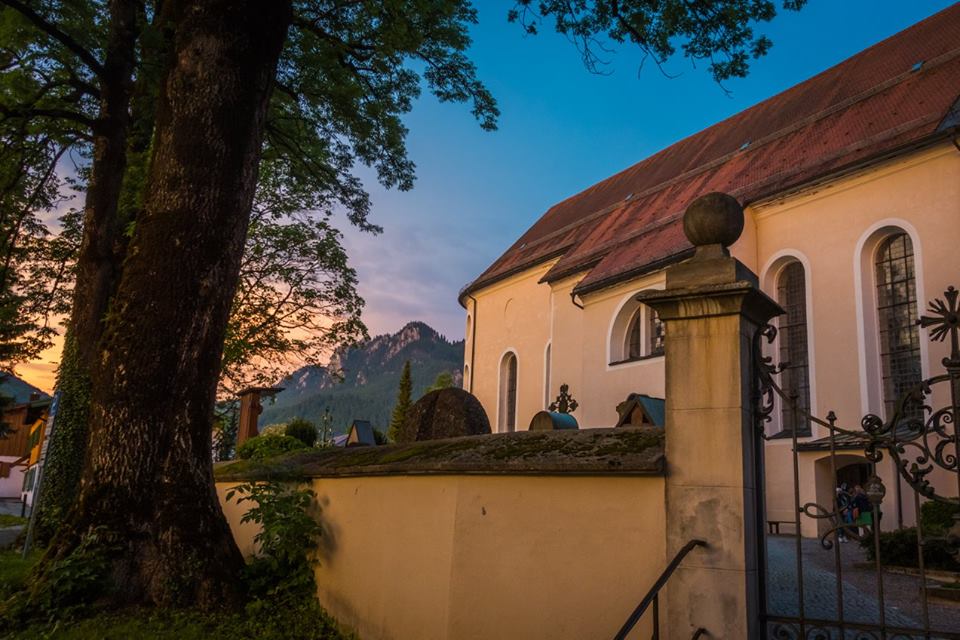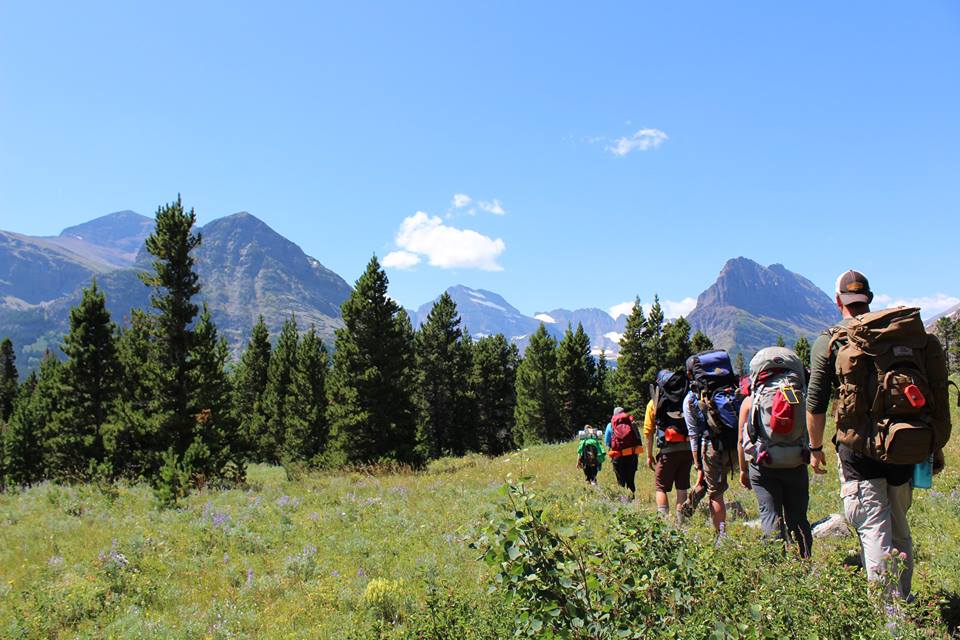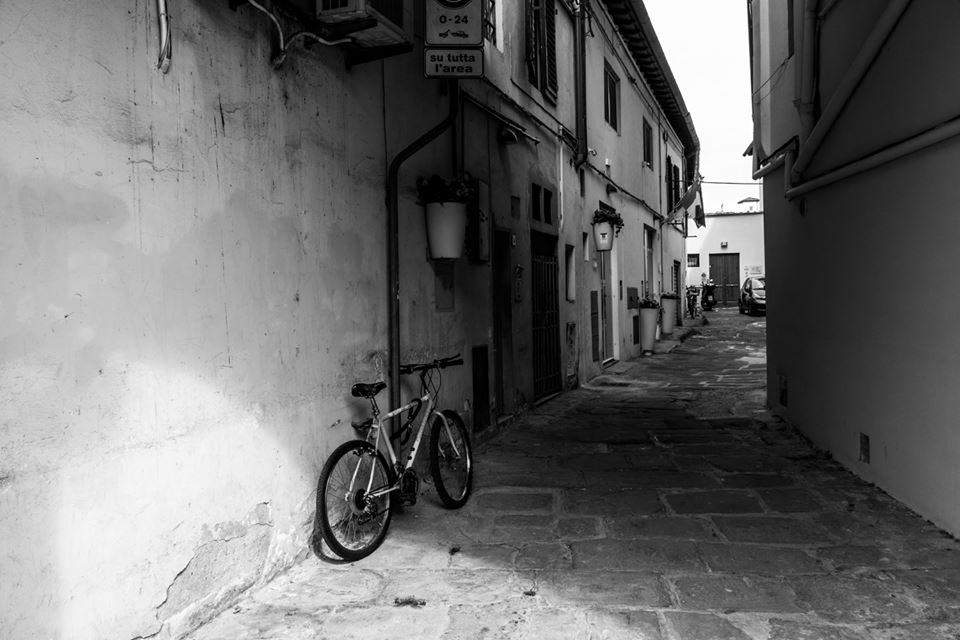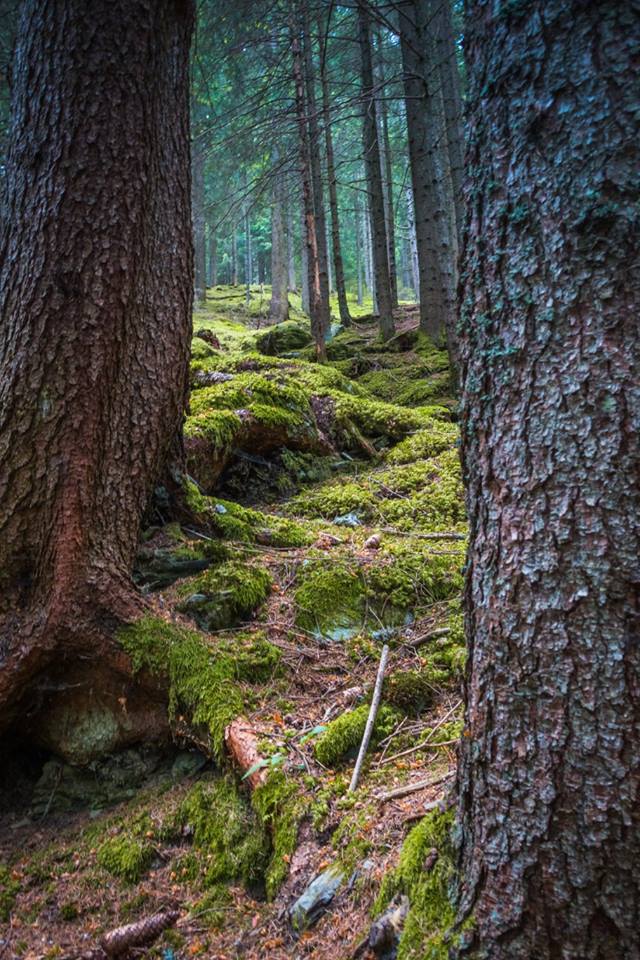5 Tips for Better Travel Photography
Do you swoon over the gorgeous, colorful and perfectly captured photos in travel magazines and blogs? Wish your photos more closely captured the beauty and emotion of the places you love experiencing? Brush up on your photo-taking skills, learn a few new things and get practicing before you embark on your next adventure with these 5 tips to improve your travel photography:
1) Know Your Camera (or Phone)
If you are like a majority of camera owners, you did a little research, talked to some friends and family about their recommendations, and maybe even had a salesperson talk you into a camera upgrade with extra features- only to now leave the thing on auto mode! (Let’s be honest- you didn’t really read that thick manual that came with it did you!?) Well, you certainly aren’t alone. Once out of the box, few people explore and get to know the detailed features and functions of their own personal camera. Aside from actually reading the materials your camera came with, check out online resources. You are likely to find several videos, blogs and even e-books about the specifics of your camera model which is a great place to start. With the significant advancement of digital technology, many of our travelers opt for this compact 2-in-1 option while travelling- using their phones exclusively for photos. While the publishing quality and lack of lens attachments will certainly limit some of your photographic options, all of the tips mentioned below can be taken into consideration no matter what camera, phone or device you plan to use.
Once you’ve got a better understanding of the physical functions of your camera start experimenting by taking photos in different modes, settings, and situations. See how your camera handles tricky situations such as backlighting, motion, and dark shadows. Play around with the menu and test the limits of each setting in various conditions. The only way to know is to practice!
2) Lighting is Key
Get up early- Stay out late! Not only are you more likely to avoid the hubbub of a bustling tourist district at these times, but you are able to capture a well-known photographers’ secret known as the ‘Golden Hour’. One hour after sunrise and one hour before sunset typically provides the ideal soft, warm light seen in many outstanding travel photos. This type of lighting is pleasant to the eye and the diffused light creates soft shadows instead of harsh dark and light lines typically seen on a bright sunny day during mid-day (which is the worst time to shoot photos!).
3) Use your Feet
Many people assume that a camera with a large zoom will be more suitable for capturing shots like the pros. That is however not necessarily true! Instead of using your camera’s built in zoom or adding a longer lens- take advantage of using your feet to move yourself around the subject or location. You may not even realize there are better angles to shoot from or details that you can capture by simply taking a few steps back or to the side, by squatting down or elevating yourself. If you happen to have a camera with interchangeable lenses, try out a prime lens. Practicing with a lens that doesn’t zoom will force you to move around to setup your shot and quickly show you the value in using your feet!
4) Learn About Composition
While there are no bounds for the creative when it comes to the photography, there are a few fixed guidelines that the pros follow. Luckily they are easy to get the hang of and relatively simple in theory so that even the amateur photographer can begin setting up their shots and angles to incorporate these so called ‘golden rules’ of visual aesthetics. While this list is not nearly exhaustive, the following concepts are a great place for beginners to start…
Rule of Thirds
Imagine every photo as a series of 4 intersecting lines that make up 9 equal segments. The ‘Rule of Thirds’ says that you should place items or focus or importance along these lines or at the points in which they intersect. This will add balance to your photo and make it immediately stand out as a quality shot. Some cameras even have a grid feature that can be turned on via your camera’s menu to overlay these lines on your display screen while taking pictures and making this concept one of the easiest to begin to incorporate into your photography.
Leading Lines
Whether straight, jagged, curved or zig-zagged, lines draw a persons’ eyes through the image. Be conscious of the subject or scene you are photographing and access whether the lines of the image are leading the viewer to the intended subject of focus or merely through the image.
Framing
Plenty of outdoor spaces create natural frames. These ‘frames’ can be anything- from trees, bridges, doorways, tunnels, archways, etc. By setting up your composition to be framed by any of these things it sets the scene apart from the rest of the busying surroundings. The result is an image that is more focused and pulls the viewers eyes immediately to the point of interest.
5) Get Inspired
Pay attention to good photography, notice the details. Peruse travel magazines, blogs and galleries. Which photos catch your attention? By honing in on what your eyes are drawn to after knowing the keys to good composition and lighting you will be able to better understand how to setup your photos. Find a great array of great travel photos by the professionals at National Geographic.
Just remember professional photographers take hundreds and thousands of photos just in the hopes of capturing a few truly great shots. In the age of digital photography photos can be sorted, cropped and edited well after the adventure is over allowing you to hand-select your favorite travel shots. So what are you waiting for?! Get out in the world, grab your camera and try these tips out on your next adventure! And if that experience happens to be one of our upcoming tours, then your photos might lead the pack!
Written by Amy Schmied (UWSP Adventure Tours Communications Specialist)











